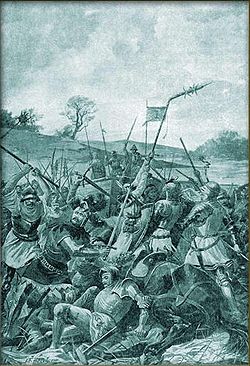| Years |
|---|
| Millennium |
| 2nd millennium |
| Centuries |
| Decades |
| Years |

| 1420 by topic |
|---|
| Arts and science |
| Leaders |
| Birth and death categories |
| Births – Deaths |
| Establishments and disestablishments categories |
| Establishments – Disestablishments |
| Art and literature |
| 1420 in poetry |
Year 1420 ( MCDXX ) was a leap year starting on Monday of the Julian calendar.
Contents
- Events
- January–March
- April–June
- July–September
- October–December
- Date unknown
- Births
- Deaths
- References
